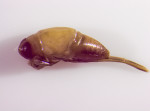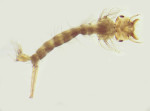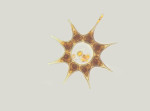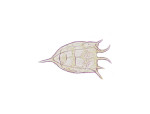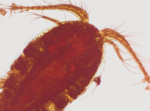Testing changes in food web structures with aquatic mesocosms
The lab has recently established a unique mesocosm facility in the Iberian Peninsula, with funding from a large European research programme led by Miguel Araújo (IC&DT Call No 1/SAESCTN/ALENT-07-0224-FEDER-001755) that is due to completion in December 2014 . Mesocosms bring a small part of the environment under controlled conditions, although they are rarely replicated across regions because of high costs. Aquatic mesocosms are popular as they enable complete characterization of food webs from bacteria to vertebrates. Although lab experiments have enabled some progress towards understanding of the processes determining the structure and dynamics of ecological communities, they have rarely been generalized across regions with different climatic conditions. With this new and unique experimental mesocosm facility, we are now equipped to test assumptions and predictions regarding the structure and functioning of whole ecosystem food webs within each artificial pond and compare them across multiple experimental sites.
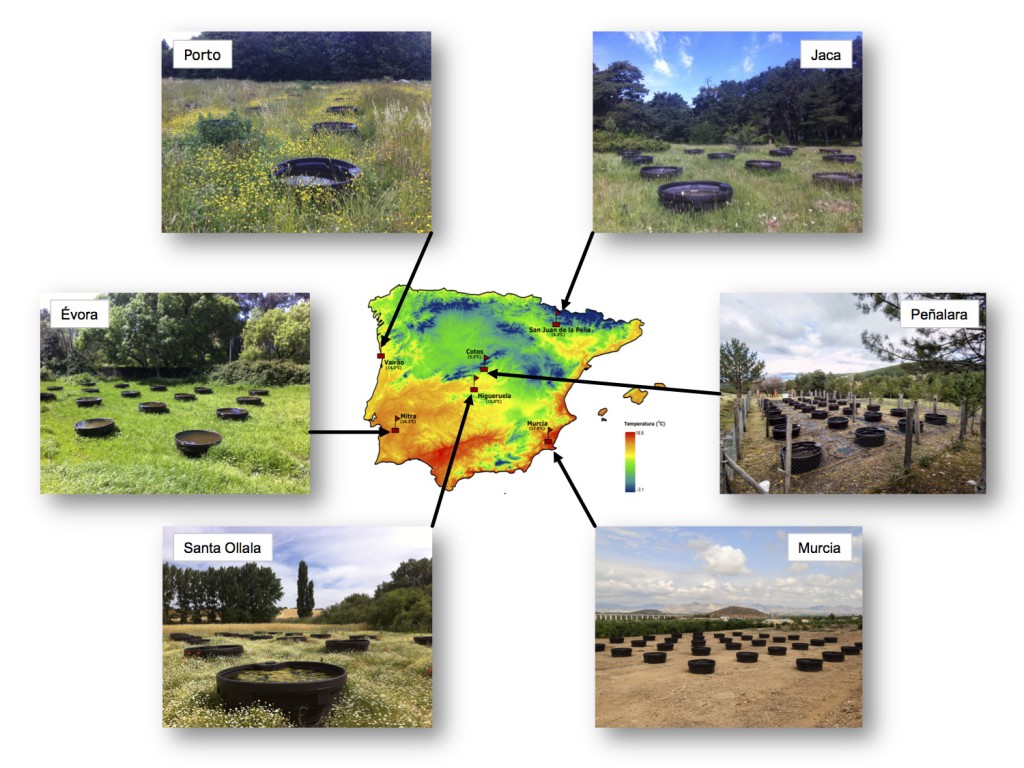
Figure 1 – Distribution of mesocosm experimental sites along thermal gradient in the Iberian Peninsula. This system consists of 192 mesocosms deployed across six regions. Selected locations include Semi-arid (x2), Mediterranean (x1), Temperate (x1), and Alpine (x2) environments.
The mesocosms consists of 1000-L tanks that mimic small ponds. In each location, 32 mesocosms were installed ca. 3-5 meters apart. Mesocosms were initiated by adding 100kg of topsoil collected locally. We filled each mesocosm with local water; the final depth of the soil layer ranged from 5-8 cm as a result differences in water content of each soil. We inoculated mesocosms from late February to beginning of April 2014. In order to prevent confounding effects associated with the timing of installation we started with southern locations then moved north to track the rising temperatures and the beginning of spring. Following the addition of water, we left the mesocosms to settle without further manipulation for a month. The initial settling period allowed the establishment of primary producers (e.g., bacteria, microalgae), which were already present in the water, and insects (e.g., water striders) that independently colonized the ponds. Following the initial settling period, we inoculated the ponds with water collected from local natural and artificial ponds within a few kilometers from experimental site. This inoculation added further pool of species of producers (e.g., phytoplankton, benthic diatoms) and small consumers (e.g., zooplankton). Finally, we collected macroinvertebrates, macrophytes and sediment samples, adding a range of larger organisms such as molluscs. This sequential inoculation minimized potential differences among the sites associated with starting date of the experiments but also allowed to mimic a natural process of colonization in natural ponds. All mesocosms are left untouched until spring 2015 to allow establishment of aquatic food webs.
Biodiversity in the ponds
- Water boatmen (family Corixidae)
- Mosquitoes (family Culicidae)
- Microalgae (Pediastrum symplex)
- Rotifers (Keratella sp)
- Copepods (Acanthocyclops spp)
- Microalgae (Pediastrum boryanum)
Team: Prof. Miguel Araújo (Principal Investigator, PI); Dr. Miguel Matias (Co-PI and Post-doctoral Research Fellow); and Cátia Pereira (Technician)
Others talking about the Iberian Ponds project:
Ciência Hoje: http://www.cienciahoje.pt/index.php?oid=59274&op=all
